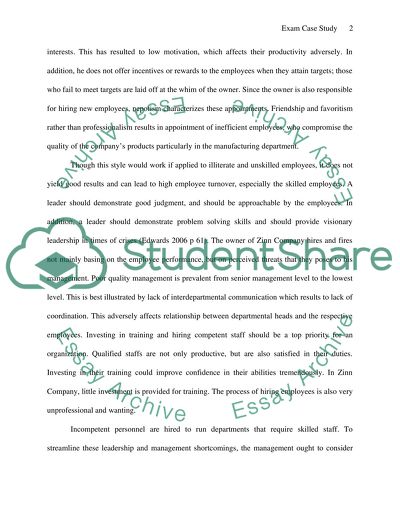Cite this document
(“Exam Case Study Essay Example | Topics and Well Written Essays - 3000 words”, n.d.)
Retrieved from https://studentshare.org/miscellaneous/1556852-exam-case-study
Retrieved from https://studentshare.org/miscellaneous/1556852-exam-case-study
(Exam Case Study Essay Example | Topics and Well Written Essays - 3000 Words)
https://studentshare.org/miscellaneous/1556852-exam-case-study.
https://studentshare.org/miscellaneous/1556852-exam-case-study.
“Exam Case Study Essay Example | Topics and Well Written Essays - 3000 Words”, n.d. https://studentshare.org/miscellaneous/1556852-exam-case-study.


